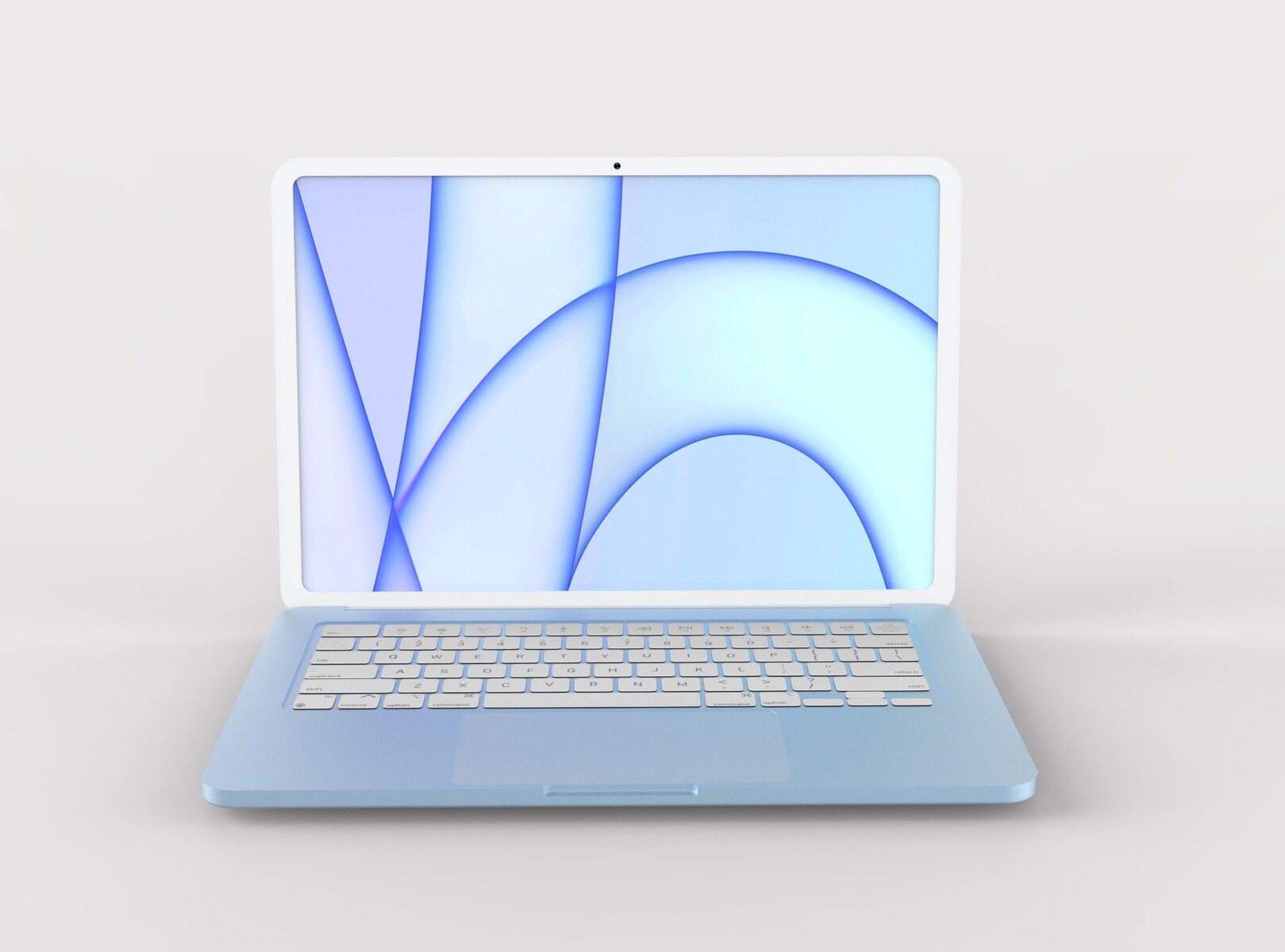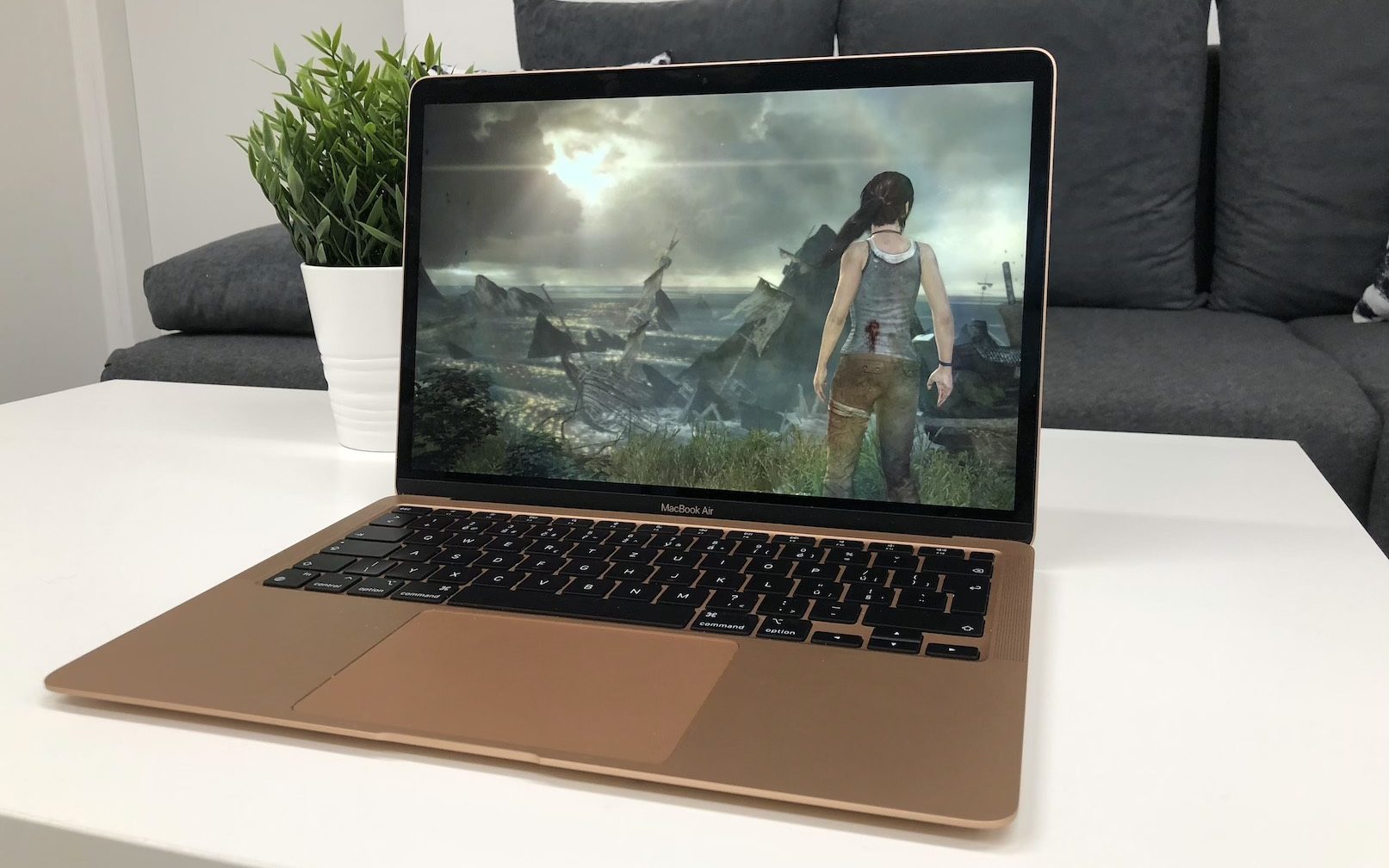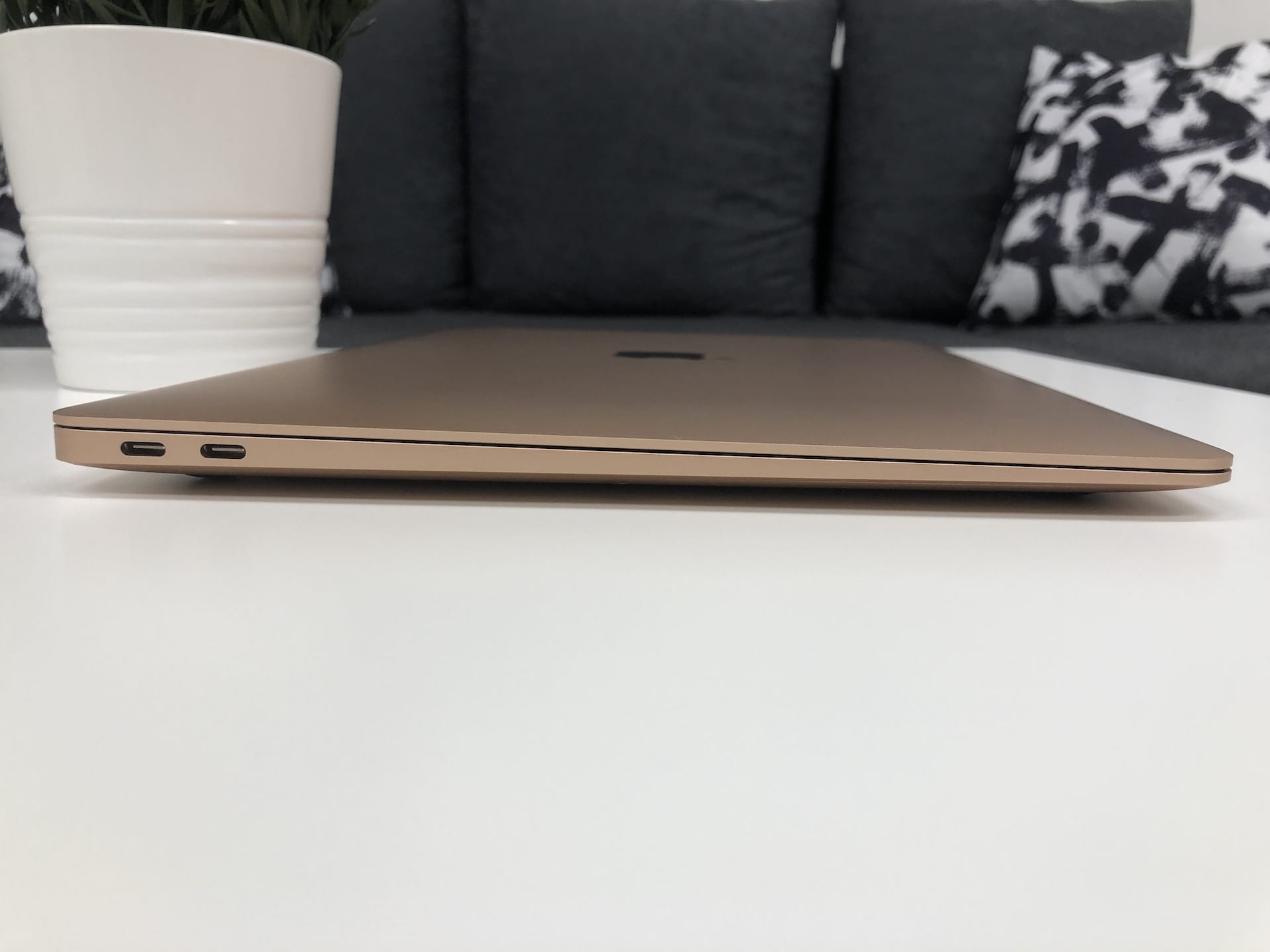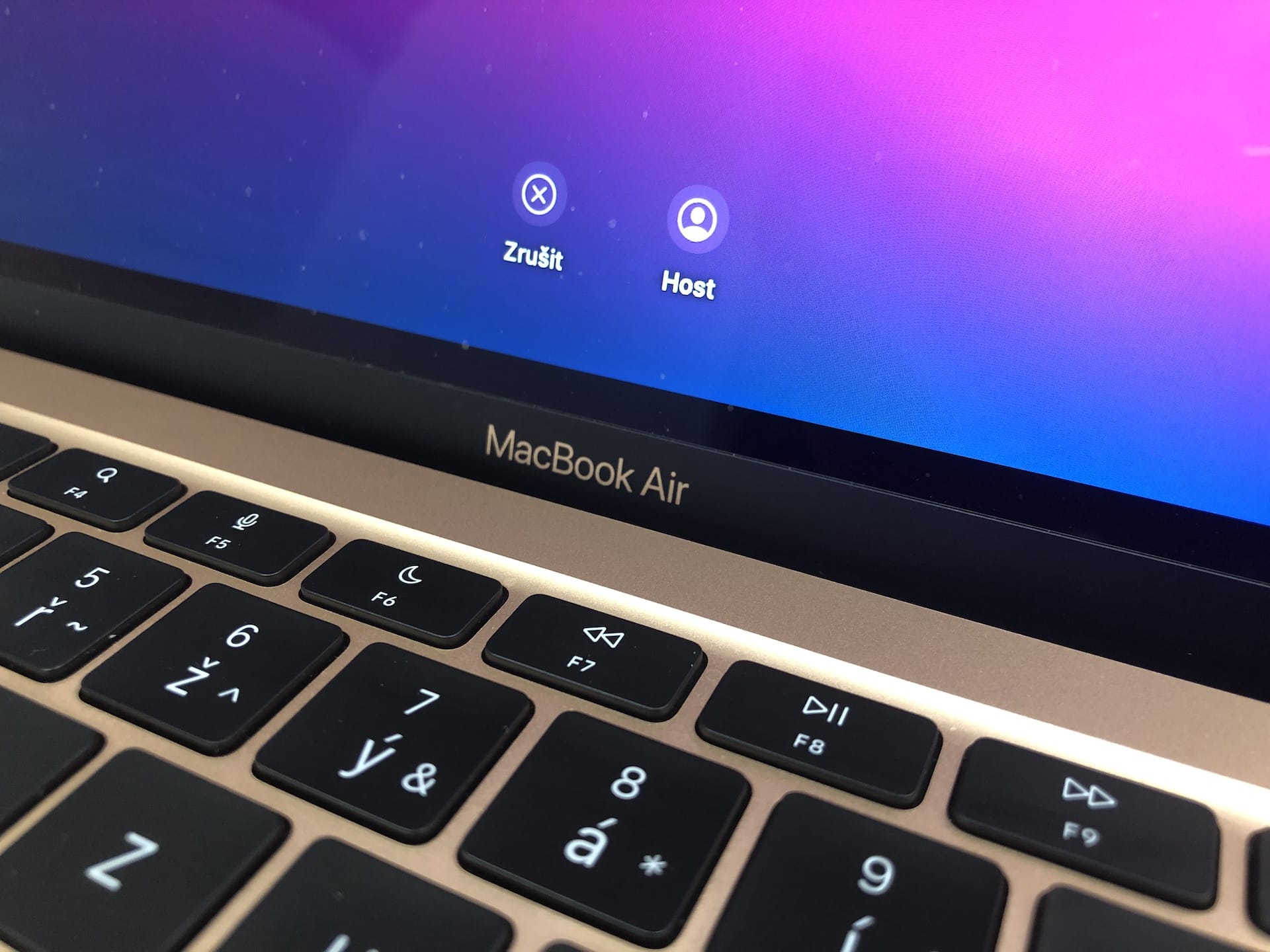The arrival of Apple Silicon completely changed the rules of the game. Thanks to the transition to its own chips based on the ARM architecture, Apple managed to drastically increase performance, while at the same time maintaining overall economy. The result is powerful Apple computers with extreme battery life. The first chip from this series was the Apple M1, which went into the MacBook Air, 13″ MacBook Pro and Mac mini. At the same time, it is worth noting that the Air differs from the Pro model (13″ 2020) practically only in active cooling, if we ignore the absence of one graphics core in the case of the basic MacBook Air.
It could be interest you

Anyway, there are questions from time to time on the apple-growing forums where people are looking for help with the selection. They are considering between the 14″ MacBook Pro with M1 Pro/M1 Max and the MacBook Air with M1. It is precisely at this point that we noticed that last year's Air is often significantly underrated, and wrongly so.
Even the basic M1 chip offers a number of options
The MacBook Air is basically equipped with an M1 chip with an 8-core CPU, 7-core GPU and 8 GB of unified memory. In addition, it does not even have active cooling (fan), which is why it only cools passively. But that doesn't really matter. As we already mentioned in the very introduction, Apple Silicon chips are incredibly economical and, despite their high performance, do not reach high temperatures, which is why the absence of a fan is not such a big problem.
In general, last year's Air is promoted as a great basic device for undemanding Apple users who only need to work with a browser, an office suite and the like. In any case, it does not end there, as we can confirm from our own experience. I personally tested several activities on the MacBook Air (with an 8-core GPU and 8GB of unified memory) and the device always emerged as the winner. This laptop with the bitten apple logo does not have the slightest problem with application development, graphic editors, video editing (within iMovie and Final Cut Pro) and can even be used for gaming. Thanks to its sufficient performance, Air handles all these activities with ease. Of course, we don't want to claim that this is the best device on the planet. You could come across a huge device, for example, when processing a demanding 4K ProRes video, for which the Air is simply not intended.
Personal view
I myself have been a user of a MacBook Air in a configuration with an 8-core GPU, 8 GB of unified memory and 512 GB of storage for some time now, and in the past few months I have practically not encountered a single problem that would limit me in my work. I most often move between the programs Safari, Chrome, Edge, Affinity Photo, Microsoft Office, while from time to time I also visit the Xcode or IntelliJ IDEA environment, or play with the video in the Final Cut Pro application. I even occasionally played a variety of games on my device, namely World of Warcraft: Shadowlands, Counter-Strike: Global Offensive, Tomb Raider (2013), League of Legends, Hitman, Golf With Your Friends and others.

That's exactly why the MacBook Air strikes me as a very underrated device that literally offers a lot of music for little money. Today, of course, few dare to deny the capabilities of Apple Silicon chips. Even so, we are still at the very beginning, when we have one basic (M1) and two professional (M1 Pro and M1 Max) chips available. It will be all the more interesting to see where Apple manages to push its technology and what, for example, a top-of-the-line Mac Pro with a chip from the Cupertino giant's workshop will look like.
It could be interest you






